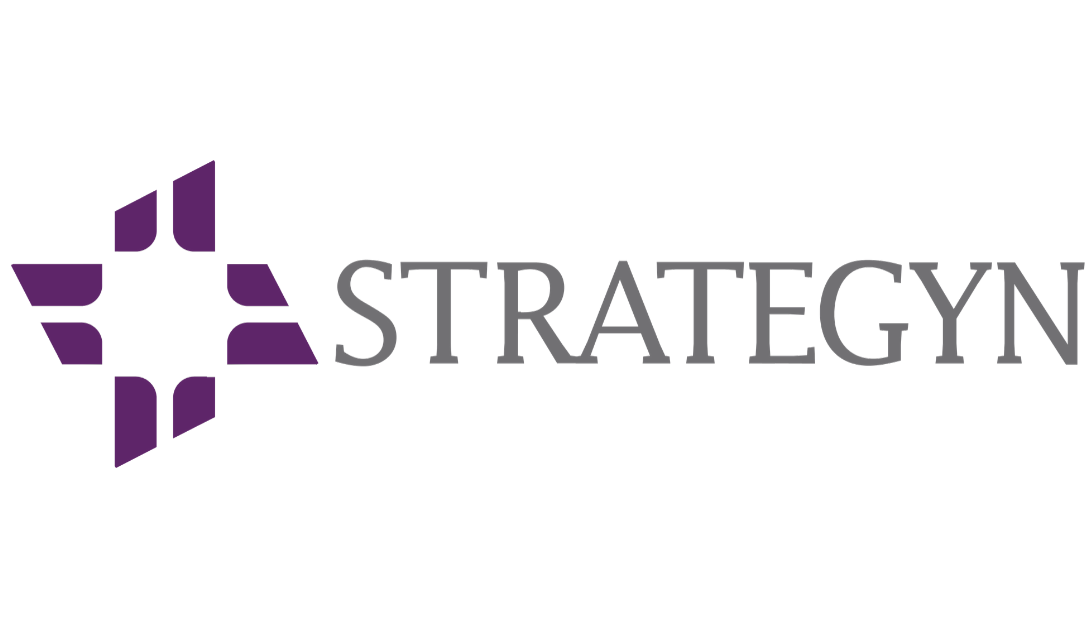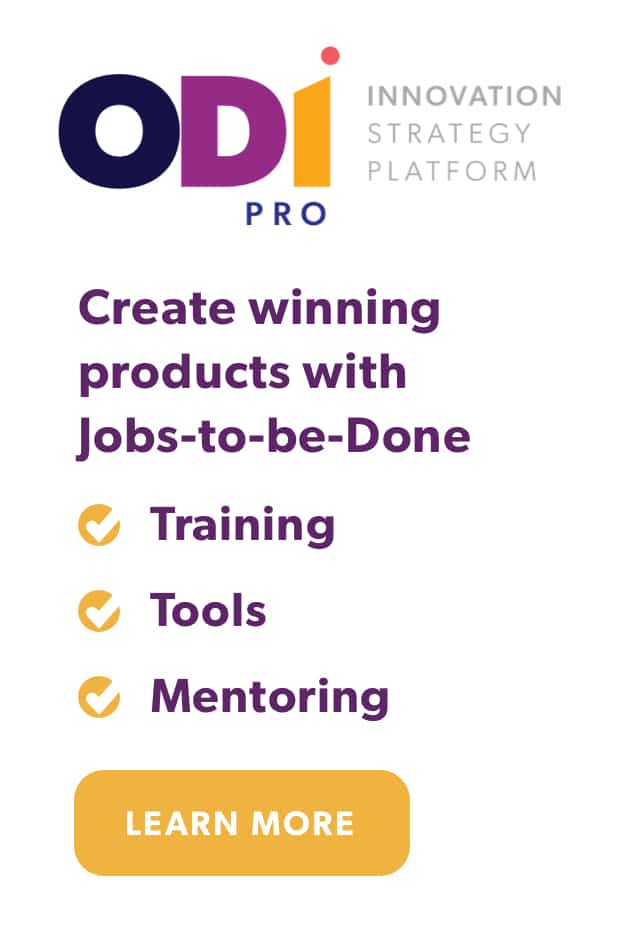Estimated reading time:
7 minutes
Years ago, I witnessed a product team at Cordis Corporation battling over how to best serve its customers. Team members from sales, marketing, development, and R&D all had different ideas, and each was convinced it knew the best way forward.
Each function argued its points vehemently until team members were red in the face. Some resorted to personal attacks. It was ugly. While each team member and each function was motivated to create customer value, the groups could not align around the best way to make it happen.
Many product teams face this problem.
While product teams may appear dysfunctional, the misalignment is inherent in their design. Companies are organized into functions, each optimized to serve their particular purpose. Sales, marketing, product development, R&D—they all have different goals, rely on different inputs to achieve those goals, and each has its own language for communicating how to create customer value.
For example:
- Sales is often focused on uncovering the customer’s latent and unarticulated needs and presenting an appropriate solution.
- Marketing is focused on communicating the exciters and delighters; the benefits and the customer wants—all with the goal of demand generation.
- Product development communicates customer value in terms of product requirements and specifications. Their goal is to create winning products and services.
- R&D is all about implementing new technologies that anticipate future customer needs.
Given this reality, it is not surprising to find that over 85% of product teams do not agree on what a customer “need” even is! This is the root cause of failure in innovation.
Because each function has its own way of defining what value means for the customer, companies struggle to align around customer problems and solutions to these problems. As we saw in my Cordis example, different understandings of customer needs creates chaos and friction in the organization as each function advocates for its view of the world.
When teams can’t agree on what actions will create value for the customer, it’s challenging at best to agree on a common path forward.
This misalignment results in inefficiencies, slower time to market, and ultimately, a greater likelihood of failure. More importantly, internal misalignment offers competitors an opportunity to deliver a better solution first.
We believe what is missing is a common language that unites the business around value creation.
This misalignment results in inefficiencies, slower time to market, and ultimately, a greater likelihood of failure. More importantly, internal misalignment offers competitors an opportunity to deliver a better solution first.
Bring clarity to the chaos.
The solution to misalignment among organizational silos is to define value creation through the eyes of the customer and establish a shared understanding of customer needs across functions. When teams agree on the definition of a customer need, what their customers’ needs are, and which of these needs are unmet, it’s transformational for the organization.
With a shared understanding of customer needs, everyone can be aligned around customer value creation.
Consider Bosch—this product team could not agree on what product features to include in its debut circular saws. Within hours after they aligned their thinking around a shared understanding of their customer’s unmet needs, they agreed on the best solution. With this alignment, Bosch successfully entered the North American market with what is today one of the top-selling and top-rated circular saws.
With a shared understanding of customer needs, everyone can be aligned around customer value creation.
In one of my first consulting projects, Pratt & Whitney cut its jet engine material testing time by 75% after the team aligned its thinking around a shared understanding of the pilot’s needs.
Today, we help product teams quickly align around a shared understanding of customer needs through customer immersion workshops.
By attending a virtual workshop with 3 to 5 of your customers and your product team, you can achieve a shared understanding of customer needs to align your value creation efforts.
It is a four-step process:
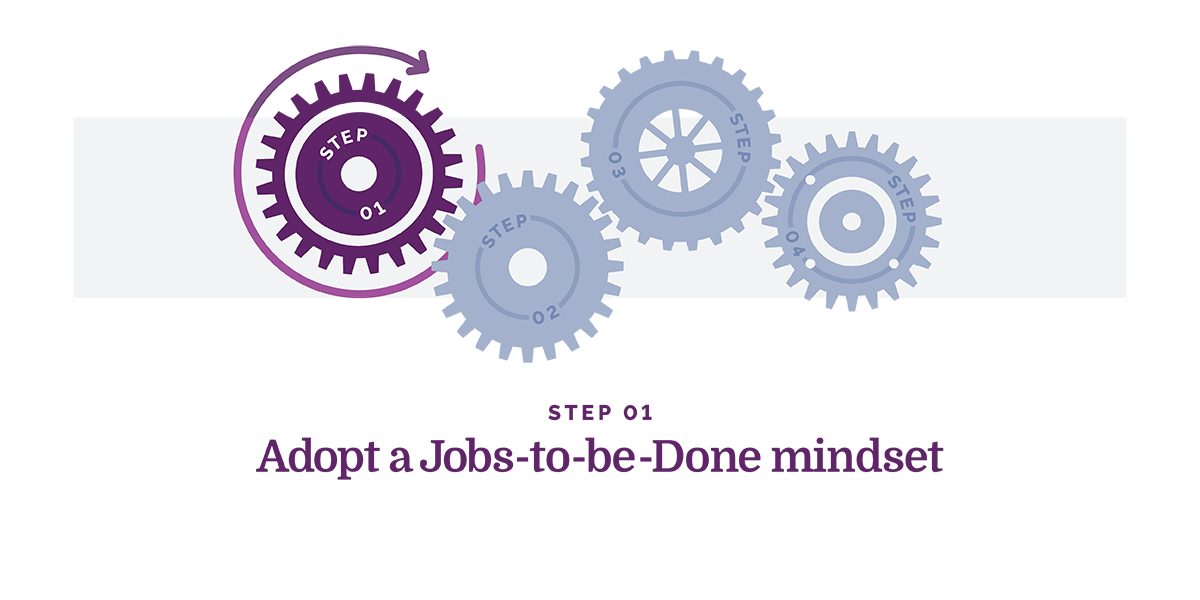
It’s an economic principle that people buy products and services to get a job done. Offerings that win in the marketplace help customers get a job done better and/or more cheaply. These are concepts that sales, marketing, development, and R&D can all agree on. The first step to secure team alignment is to gain cross-functional agreement on the reason the team exists—to create products and services that help customers get a job done better.
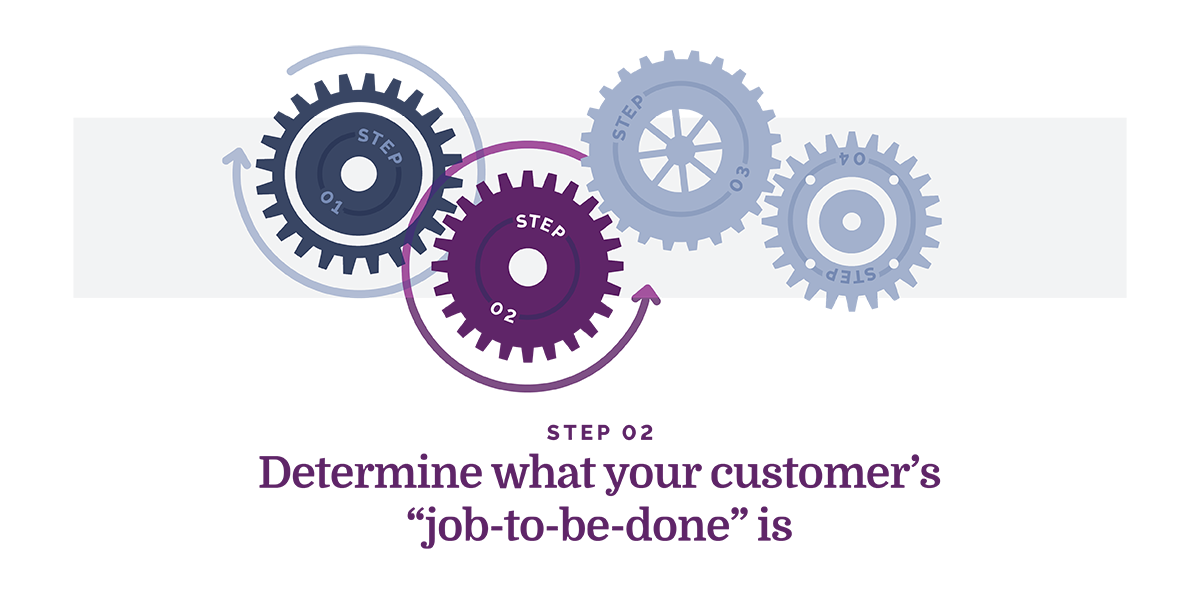
Most products get only part of the customer’s job done. Consequently, customers often cobble together multiple solutions to get the entire job done. Knowing what the entire job is opens the door to many new opportunities for value creation and company growth. For example, a maker of tax preparation software aimed at accountants was convinced that its customers’ job-to-be-done was to “file tax returns on behalf of the client.”
Through immersion sessions with accountants, they discovered the accountants’ actual job-to-be-done was to “formulate and implement tax strategies for the client” and that filing the return was just a small step in the bigger job. This revelation changed the company’s growth trajectory.
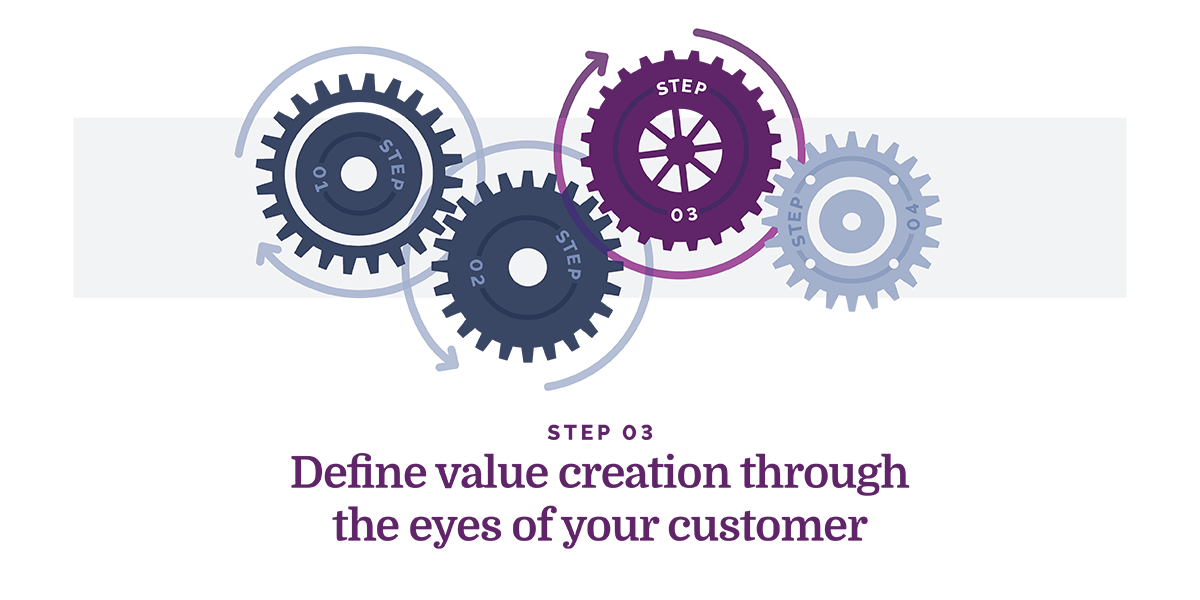
Your customers want to get their jobs done quickly, predictably, and effectively. Through decades of experience, we know that people use a granular set of metrics to communicate how they measure success when getting a “job” done.
These statements—often totaling 100 or more—are a special form of customer need statement that brings predictability to the innovation process. We call these statements the customers “desired outcomes”. You can collect these desired outcomes from customers through a facilitated customer interviewing process. These statements instruct sales, marketing, development, and R&D on precisely what it will take to help them get the customer’s “job” done better.
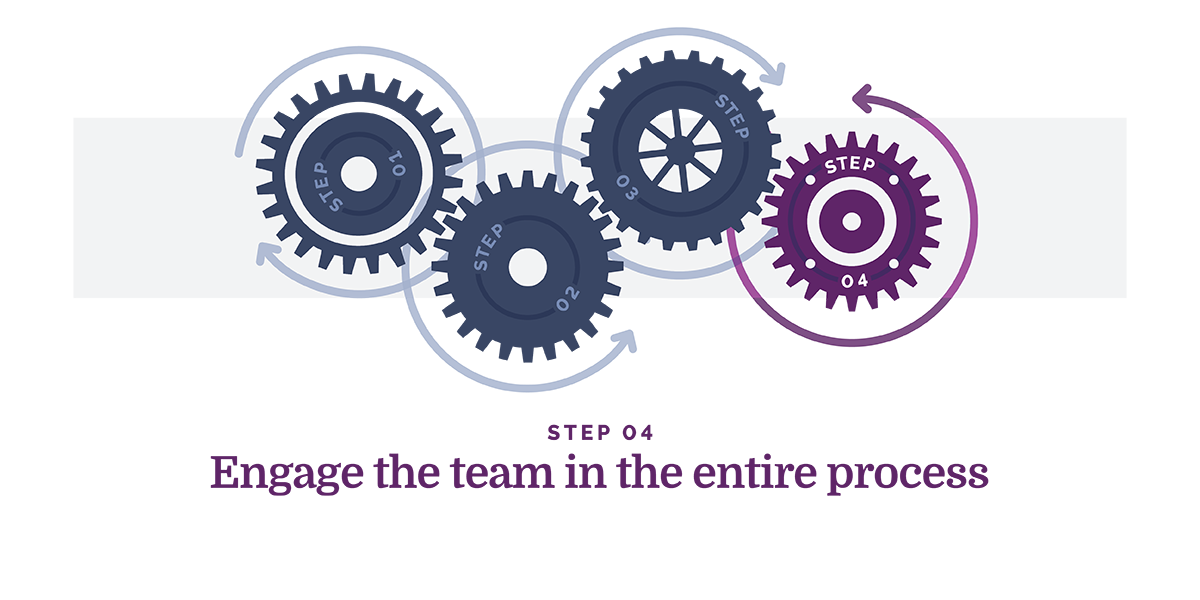
The goal of this 4-step process is team transformation. It begins with a team that doesn’t agree on what a “need” is. The process transforms the team’s mindset and understanding of customer needs so that at the end of the process, the team:
- Agrees on what a need is (a desired outcome tied to the customer’s job-to-be-done)
- Agrees on what the customer’s needs are (i.e., they agree that the one-hundred-plus desired outcome statements collected from customers accurately represent their needs).
There is nothing more transformative for a team than seeing firsthand how their customers are able to articulate the metrics they use to measure success when getting a job done. First hand they can quickly see how these statements can be used by each function to achieve their unique business goals. Instead of arguing about solutions, they can work together to solve the needs they agree are unmet.
How does this process transform a product team?
Let’s look to Microsoft for another example. The company’s Software Assurance platform was facing declining renewals, and there was mounting evidence the platform was not providing the right mix of benefits to customers. The internal teams, however, couldn’t agree on how to improve the value of the offering—until they aligned around a shared understanding of the customer’s desired outcomes.
Once they looked at their offering through this lens, they were able to identify a variety of opportunities for value creation throughout the customer lifecycle. The best part was that the company had already developed many internal solutions that would help customers satisfy their desired outcomes. However, these internal solutions had never been packaged together in a cohesive and compelling external offering.
Once they defined value through the eyes of the customer and aligned their teams around this vision, Microsoft realized they were sitting on a growth business.
Achieve team alignment.
At the end of the day, the secret to team success is getting everyone aligned on what value means to the customer—and then working to create that value.
A shared understanding of customer needs offers alignment to seemingly dysfunctional teams. It channels creativity toward value creation in the most efficient manner. Instead of wasting time and effort coming up with solutions that won’t get the customer’s job done any better or cheaper, everyone works diligently toward this end.
No more red-faced fighting necessary. All teams can move forward together confidently.
